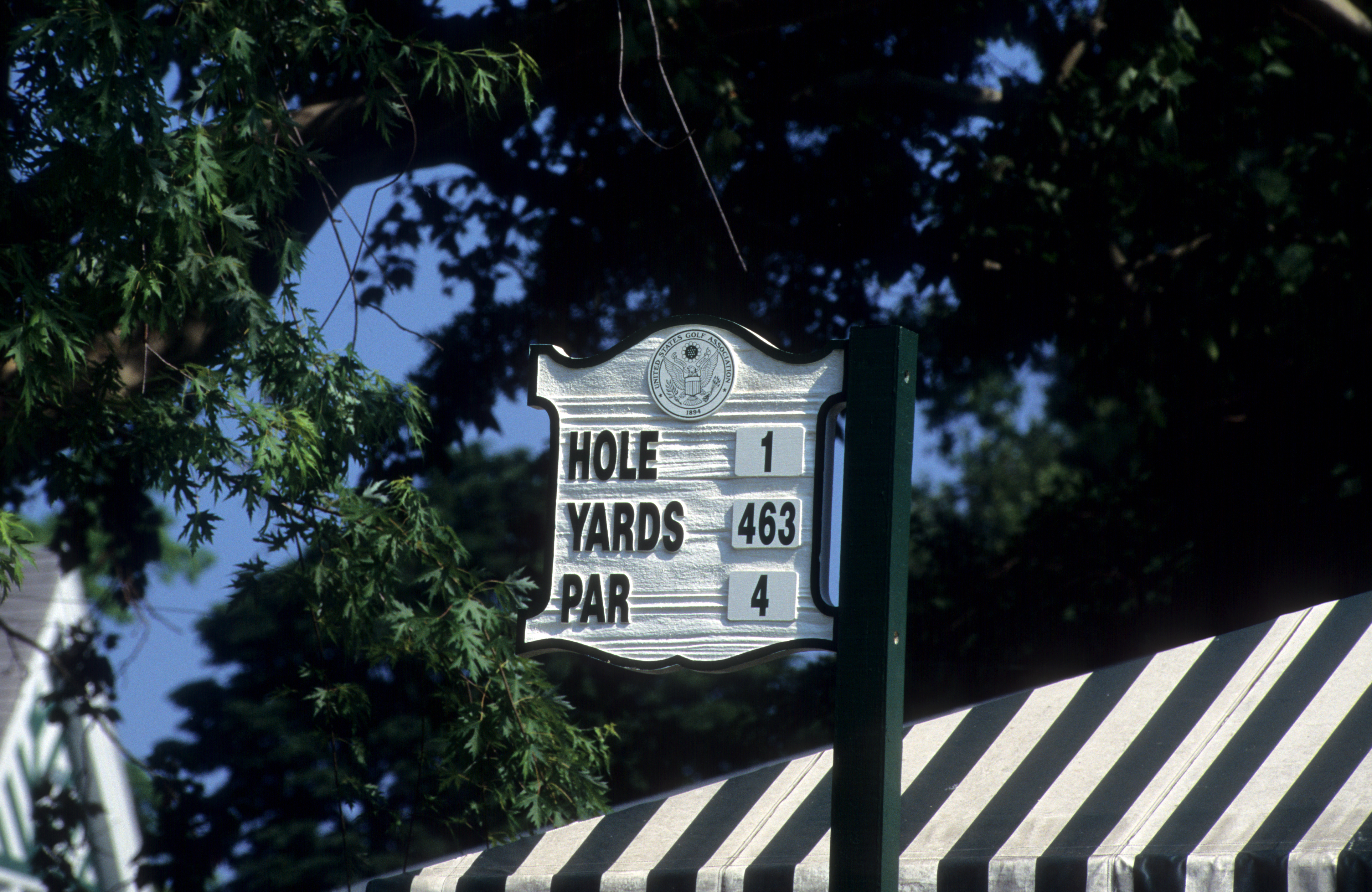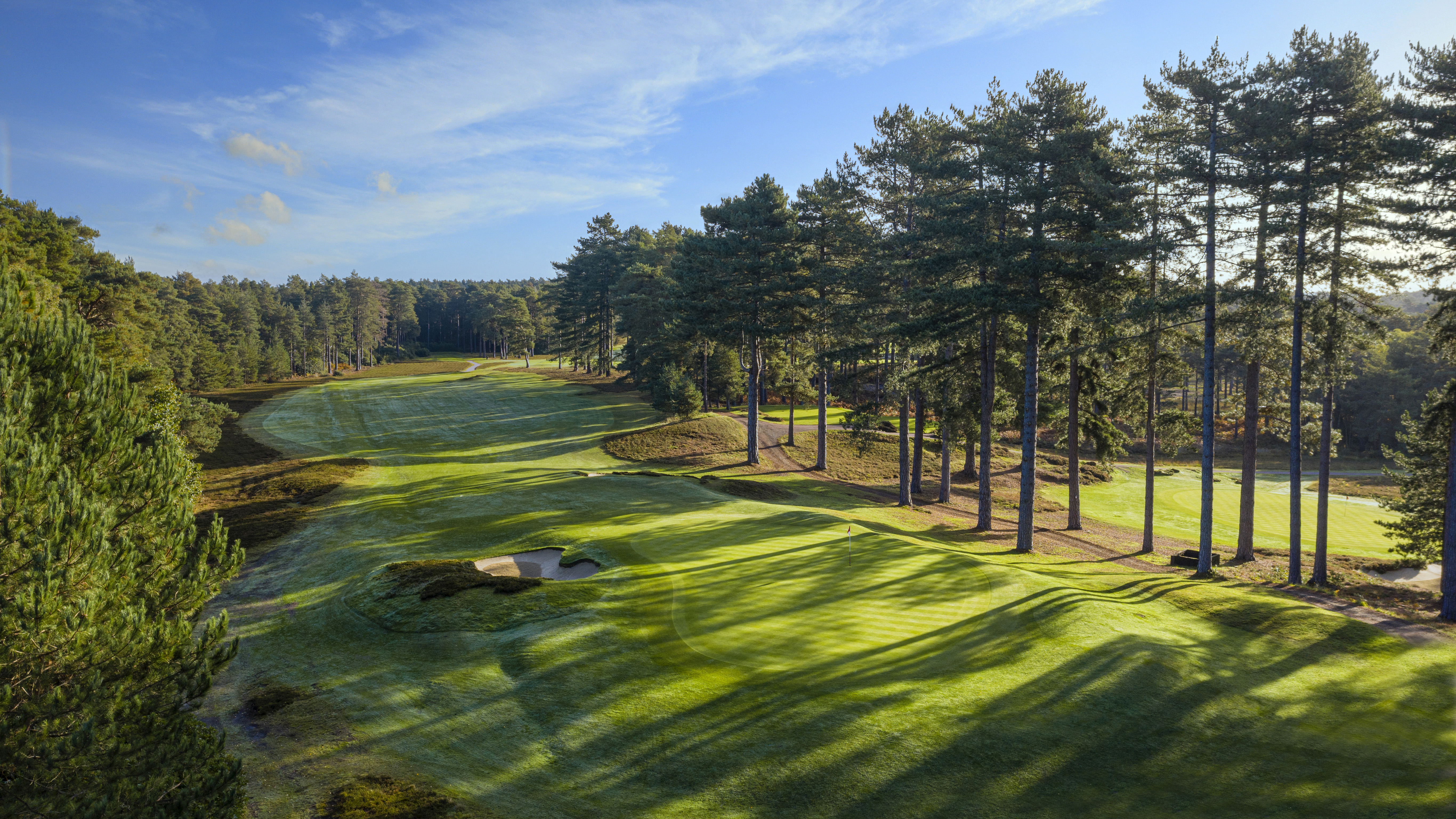Why Do Golf Courses Have So Many More Par 4s Than Par 3s And Par 5s?
The vast majority of golf courses have more par 4s - but why? We asked a golf course architect to explain...


A lot of golfers probably play the game without ever really giving this much thought: Par 4s are the foundation of most golf courses - it’s just the way it is.
Perhaps it’s quite simple. When golf was first played, the strategy would be a tee shot, an approach shot and, in order to achieve a par score of four, two putts.
It's just a theory, although as plausible as it sounds, golf course architect, Jonathan Gaunt, isn't convinced this is the reason.
"We were always taught by our mentors, one of mine being Martin Hawtree, that there was a general formula that you applied to golf course design, and that was 10 par 4s, four par 3s and four par 5s," says Gaunt, who has worked on over 400 courses around the world.
Perhaps the main reason for having more par 4s is that such 'mid distance' holes allowed designers to be more creative and offer greater variety.
The 10th and 11th holes at Augusta National come to mind, two of the best par 4s in golf, as are the 8th at Pebble Beach and the 6th at Seminole.
"I think it also relates to keeping the golfer's mind focussed - and, I suppose this also relates to two par 3s following one another, or par 5s doing the same," says Gaunt.
Subscribe to the Golf Monthly newsletter to stay up to date with all the latest tour news, equipment news, reviews, head-to-heads and buyer’s guides from our team of experienced experts.
"In general, and certainly in the golf design world, if you do have two par 3s or two par 5s following one another, the consensus is that you haven't used your imagination or haven't given the design of the course routing enough deep thought, and I'd tend to agree.
"Two par 4s following one another, though, is perfectly acceptable, and expected. But the aim is to make them as distinctive, memorable, and fun to play as possible."
Gaunt, who currently has new two resort projects on the go, one in Poland and one in Cyprus, trained through the European Institute of Golf Course Architects. "The 10, 4, 4 formula," he says, "was just how it worked."
He adds: "I've studied the golf architects of the golden age - Alister MacKenzie, Harry Colt, Herbert Fowler, Tom Simpson, John Abercromby - and there's no written formula there that says you've got to have this.
There are usually more par 4s on an 18-hole golf course, but the configuration varies, and in some cases quite significantly.

The Berkshire Red Course has six par 4s, six par 3s and six par 5s
"Herbert Fowler went off on a bit of a tangent with six par 4s, six par 3s and six par 5s, which, by the way, I actually think makes the course more enjoyable to play," says Gaunt.
One of Fowler's golf courses to be laid out in such a way is the Berkshire Red Course, arguably the most varied layout in Golf Monthly's Top 100 UK & Ireland Rankings 2025/26 with its 6,6,6 configuration.
Gaunt's home course, the MacKenzie-designed Cavendish in the Peak District in the UK, is a par 68, comprised of 12 par 4s, five par 3s and one par 5.

The Alister MacKenzie-designed Cavendish golf course in Buxton, Derbyshire
When designing a golf course, Gaunt explains that the site often dictates the type of configuration and how many of each par there will be.
"Some sites are more challenging than others, so how you get that formula of 10 par 4s, four par 3s and four par 5s isn't always straightforward, which means the configuration is never set in stone, and I'm very comfortable with this.
"However, this kind of formula does work nicely. You can have your four par 3s and four par 5s that are orientated north, south, east and west, which is another generally agreed principle, and then the par 4s come in and kind of knit everything together.
"As a designer, you're trying to fit everything on site as efficiently as possible without wasting any space, or having to make too many compromises.
"The nice thing about a par 4 is that it can be 440 yards long or it can be be 275 yards long. This means you can fit something into an awkward little space, whilst still having your par 3s and 5s playing north, south, east and west."

Michael has been with Golf Monthly since 2008. A multimedia journalist, he has also worked for The Football Association, where he created content to support the England football team, The FA Cup, London 2012, and FA Women's Super League. As content editor at Foremost Golf, Michael worked closely with golf's biggest equipment manufacturers and has developed an in-depth knowledge of this side of the industry. He's a regular contributor, covering instruction, equipment, travel and feature content. Michael has interviewed many of the game's biggest stars, including seven World No.1s, and has attended and reported on numerous Major Championships and Ryder Cups around the world. He's a member of Formby Golf Club in Merseyside, UK.
You must confirm your public display name before commenting
Please logout and then login again, you will then be prompted to enter your display name.